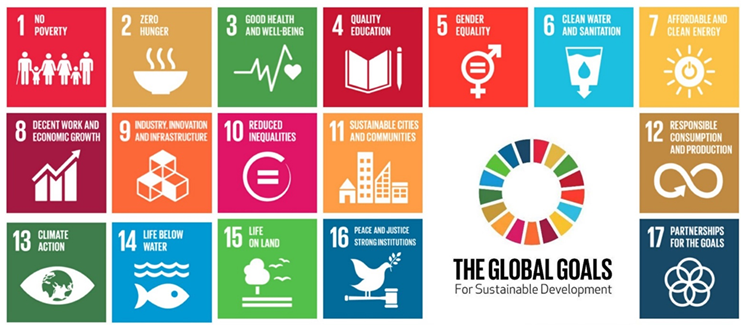The 17 Sustainable Development Goals (SDG) of the United Nations (UN) are a call to action for countries to unite to improve lives and protect the environment, the International Geosynthetics Society (IGS) said. Its remit is bold—from tackling climate change to supporting gender equality, from responsible production to championing peace and justice worldwide.
The IGS shares the UN’s ambitious blueprint “to achieve a better and more sustainable future for all” in a number of ways. The appropriate application of geosynthetics can make significant contributions to the SDG, including preserving resources, access to clean water, emission reduction, climate change and other environmental issues.
Some of the sustainable applications made possible by geosynthetics
Sustainable techniques ensure the reduction in energy consumption and emission via:
- Reduced on-site excavation and placement
- Reduced transport of bulky construction materials
- The facilitation of faster and simpler construction
- Extension of infrastructure design life and reduced maintenance
- Contribution to the production and storage of green energy
Surface and groundwater are preserved and safeguarded from contamination via:
- Landfill lining and containment of hazardous waste
- Sludge dewatering and purification, and silt fence systems
- Construction of sludge and tailings lagoon capping reducing mine and quarry impact
- Gray water storage for use in irrigation and buildings
- Preservation of potable and irrigation water supplies by lining canals, dams and reservoirs
- Protection of glaciers and associated water resource preservation
- Prevention of run-off contamination
Other construction materials can be replaced or reduced, such as:
- Sand and aggregate
- Concrete, lime and cement
- Steel
Environmental protection and resilience are achievable via:
- Facilitation of nuclear waste disposal
- Facilitation of Sustainable Urban Drainage Systems (SUDS) surfaces
- Facilitation of green and blue roof construction
- Enable cost-effective construction of resilient flood defenses
- Provision of rapid emergency flooding prevention in disaster zones
- Coastal defense safeguarding property and natural habitats
- Avalanche and rockslide prevention and protection
- Earthquake-resistant infrastructure

Economic growth and social welfare are enabled through:
- Faster and more cost-effective construction
- Connection of communities via more resilient infrastructure
Unequalled solutions are possible via:
- Protection against contamination migration
- Permitting construction over otherwise unusable ground conditions
- Provision of “artificial rocks” (sand-filled geosynthetics) for erosion protection where only fine soils are available
- Facilitation of the construction of steep green slopes, walls and bridge abutments
These are just some of the many ways geosynthetics contribute to the UN SDG thanks to the variety of sustainable development applications available.
Geosynthetic solutions should be fully investigated on every infrastructure project to ensure they meet the needs of the present without compromising the ability of future generations to meet their own needs.
For more on how geosynthetics are making a difference, download the IGS Sustainability eBook (PDF) or visit the IGS’s Sustainability page.
This article first appeared on the IGS website, www.geosyntheticssociety.org.
 TEXTILES.ORG
TEXTILES.ORG


